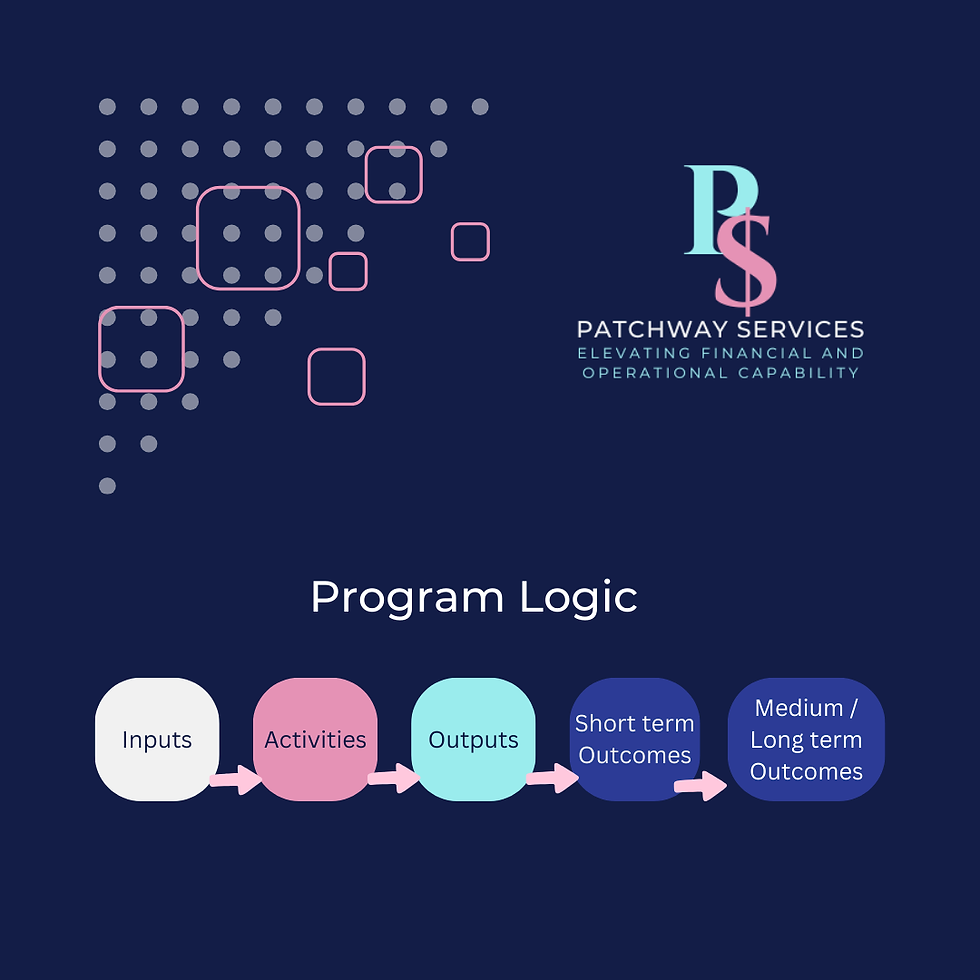9 Steps to Prepare a Business Case
- Stuart Patch
- Jul 28
- 3 min read
Updated: Aug 11

If you a looking to seek approval for a business investment, consider the below steps to guide you.
1 - Planning and Preparation
The first thing to recognise with these steps is that they are not sequential, you will find yourself iterating back and forth throughout them as you develop the case.
Planning is key though, does your organisation have templates that you are expected to use? If so utilise these they are usually developed to ensure a consistent presentation. If you don't have a template, feel free to use the one below:
Also ensure you do your research, key to a business case is that your proposal is evidence based.
2 - The Case for Change
I always find this step needs emphasising as we often start developing a business case to justify a particular course of action.
However, the first thing we need to do is understand the problem we are trying to solve and
what might be causing that problem.
The current context or background also need to be explored, so it is clear what risks the organisation will need to manage if no action is taken.
3 - Stakeholder Engagement
Appropriately engaging with stakeholders is key throughout the business case development. Often you may need to engage with stakeholders to understand the case for change as well to define the best solutions.
Don’t forget to engage with key personnel who will ultimately be signing off on your proposal. You need to make sure you have considered their views within the proposal.
4 - Outcome focussed objectives
What is the business case aiming to achieve? These objectives should link to the case for change and most importantly, be outcome focussed and not focus on a particular course of action. This is imperative otherwise the options definition will be very limited and other plausible options will not be identified.
Ensure objectives are expressed clearly, and thought is given to how achieving them will be
evaluated.
5 - Demonstrate Strategic Alignment
Organisations always have far more priorities available to them than they can afford to fund. In order for your case to be successful you must articulate how it aligns to the strategic priorities of your organisation.
This should explain how it contributes to the priorities not just make a statement that it aligns.
6 - Define the options or alternatives
Identify the options that exist to overcome the problem definition and achieve the objectives that have been defined. Allow some creativity here as the aim is to ensure you do not miss out on other valid solutions.
Also critical here, is defining the do nothing or the base case option. This provides the baseline for other options to be measured against as well as informing the approvers of the risks that need to be managed if none of the other options are approved.
7 - Prepare a cost benefit analysis
This can be the more technical part of a business case and it may be where you seek some
assistance. A first step is being able to describe the benefits, costs and risks for each option along with how and when they will materialise. Do not forget the non-financial costs and benefits, these can have a big impact on your options analysis.
Once you understand how the costs and benefits will materialise you can set about valuing them.
Note: cost benefit analysis will be the topic of a separate post.
8 - Implementation plan
It is important to detail how your proposed option would be implemented, what is the project management plan, if there is a large procurement, state how this would be managed and identify what the governance arrangements for the implementation would be.
After all if you cannot demonstrate that your proposal can be implemented effectively then it is not such a great proposal.
9 - Executive Summary
Once you have all of the detail of your case, now you have to summarise it. Whilst this is the last thing you do, it will sit at the front of your proposal (unless your template states otherwise).
How long should it be? Well that depends, but often the guidance would be no more than 1 to 2 pages, although an option is to show the executive summary as a summary business case with the same headings. In that case it may be a little longer.
Key is to include enough information to stimulate further reading. Great presentation is essential.




Comments